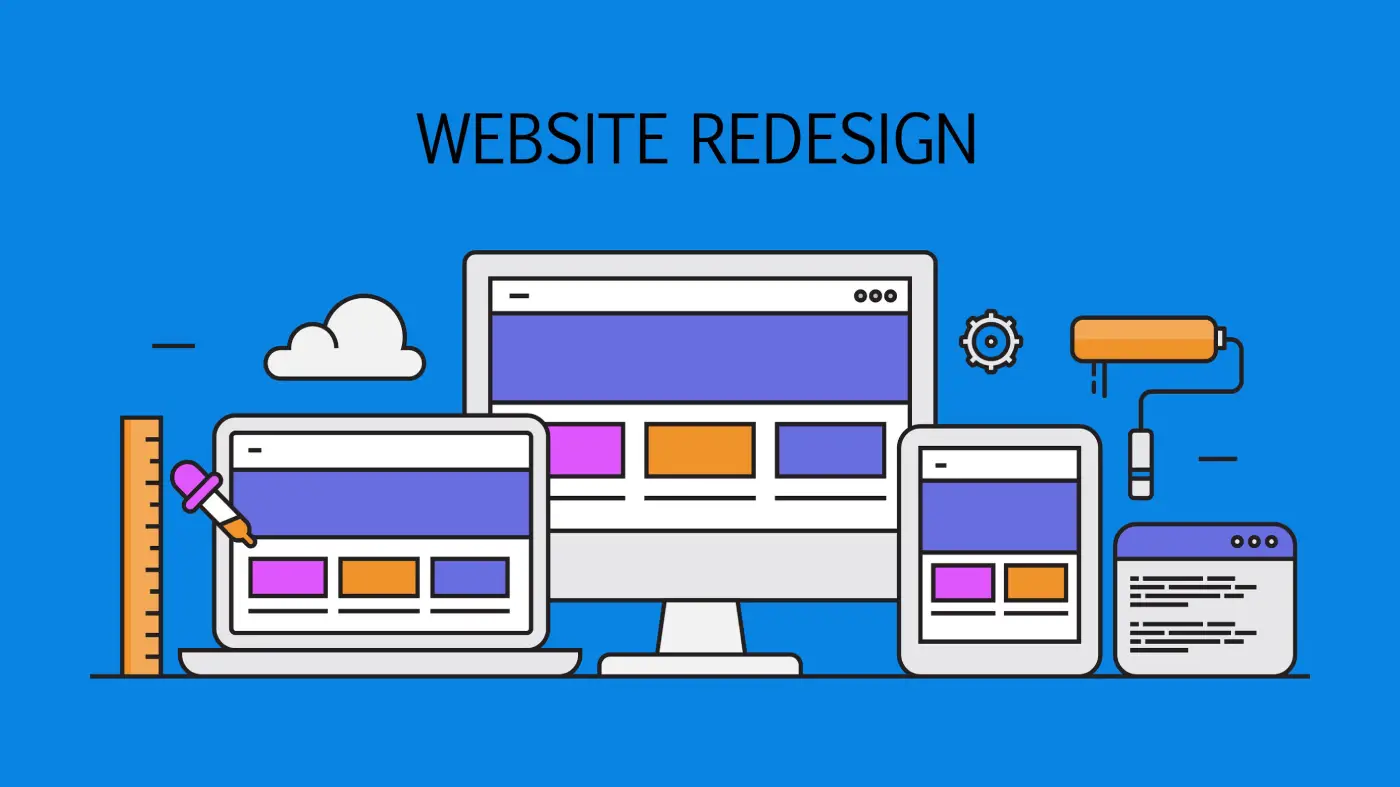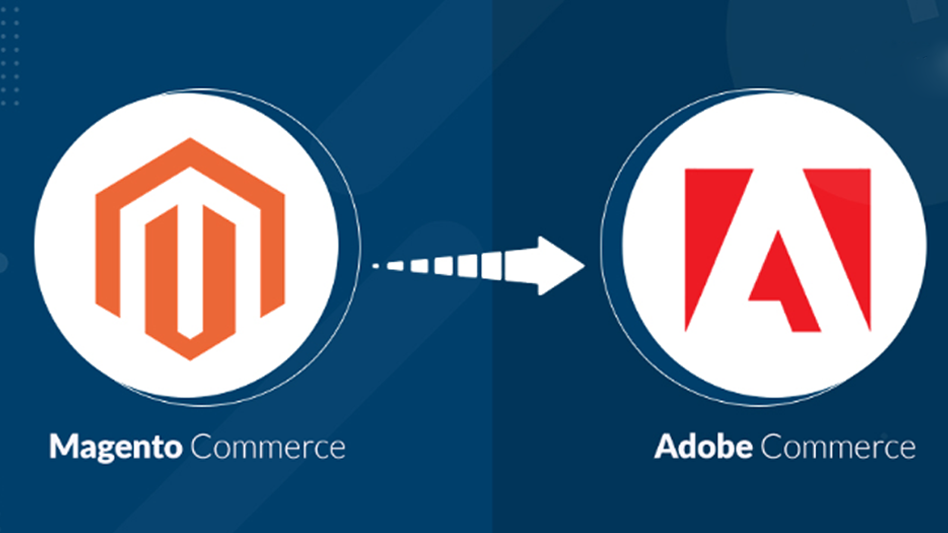Your website is often the first point of contact between your business and potential customers. It’s essential that it accurately reflects your brand and provides a positive user experience. If your website is outdated, difficult to navigate, or fails to meet the needs of your target audience, it may be time for a redesign. A well-designed website can enhance your brand image, improve user engagement, and drive business growth. However, redesigning a website can also be a complex and time-consuming process, requiring careful planning and preparation to ensure success.
In this article, we will explore the key elements to consider before embarking on a website redesign. We’ll cover everything from defining your goals and target audience, to planning for mobile compatibility and ensuring the website’s security. By following these guidelines, you’ll be well on your way to a successful website redesign that will help you achieve your goals and reach your target audience.
Here is a comprehensive checklist to help you get started:
- Define your goals – What are the goals you want to achieve with the redesign? Is it to improve user experience, increase conversions, or simply to refresh your brand image? Having a clear understanding of your goals will help guide the redesign process.
- Audit your current site – Conduct a thorough analysis of your current website to determine what’s working and what’s not. This will give you a clear understanding of the areas that need improvement.
- Analyse your audience – Who is your target audience? What are their needs and preferences? Understanding your audience will help you create a website that speaks directly to them.
- Research your competitors – Analyse your competition’s websites to see what they are doing right and what you can learn from their successes and failures.
- Plan your content – Determine what content you want to include on your website and how you want to organize it. Make sure your content is relevant, up-to-date, and valuable to your audience.
- Determine your navigation structure – Plan how you want to structure your navigation menu to make it easy for users to find what they’re looking for.
- Choose a design aesthetic – Decide on the overall look and feel of your website. This includes choosing colours, fonts, images, and other visual elements.
- Set your budget – Determine how much money you must spend on the redesign and allocate your resources accordingly.
- Consider your platform – Choose the right platform for your website, such as WordPress, Squarespace, Wix, or a custom solution.
- Identify your resources – Determine what resources you have available, such as in-house team members, outside vendors, or freelance contractors.
- Plan your timeline – Establish a timeline for the redesign process, including milestones, deadlines, and contingencies for potential roadblocks.
- Define your brand guidelines – Ensure that your website redesign is consistent with your brand identity, including your logo, messaging, and overall aesthetic.
- Plan for mobile compatibility – With the increasing use of mobile devices, it’s important to make sure your website is optimized for mobile users.
- Consider SEO – Make sure your website is search engine optimized to ensure that it can be easily found by users searching for your products or services.
- Choose your images carefully – Select high-quality images that are relevant to your brand and message. Make sure they are optimized for web use to ensure fast loading times.
- Plan for content creation – Determine who will be responsible for creating new content for your website and how often it will be updated.
- Ensure accessibility – Make sure your website is accessible to all users, including those with disabilities, by following accessibility guidelines such as WCAG 2.0.
- Decide on your call-to-action (CTA) – Identify the actions you want users to take on your website and make sure your CTAs are prominently displayed.
- Plan for testing – Plan for testing the website during and after the redesign process to ensure that it’s functioning as expected and meeting your goals.
- Consider user feedback – Encourage user feedback to get insights into what’s working and what needs improvement.
- Determine your domain name – Choose a domain name that is short, memorable, and relevant to your brand.
- Choose your hosting provider – Select a hosting provider that is reliable, affordable, and has the resources to support your website.
- Plan for security – Make sure your website is secure by implementing measures such as SSL certificates, firewalls, and regular backups.
- Plan for analytics – Determine what analytics you want to track and make sure they are integrated into your website.
- Plan for integration with other systems – Consider any integrations you may need, such as with e-commerce platforms, email marketing systems, or social media.
- Plan for ongoing maintenance – Determine who will be responsible for ongoing maintenance and updates to your website.
- Consider the user experience – Ensure that the user experience is intuitive and easy for users to navigate.
- Plan for scalability – Make sure your website can grow and scale with your business needs.
- Choose your team carefully – Select a team of experienced professionals who have a proven track record of delivering quality work.
- Seek professional help – If you’re not confident in your abilities to redesign your website, consider seeking professional help from a web design and development firm.

By following these guidelines, you’ll be well on your way to a successful website redesign. Remember, the key to success is careful planning and preparation.
Summary and how Navtark can help:
A successful website redesign requires careful planning, preparation, and attention to detail. While it can be a challenging task, it can also be an exciting opportunity to refresh your brand image and improve the user experience for your customers. If you’re looking for professional assistance with your website redesign, consider working with Navtark.Navtark is a team of experienced web design and development professionals who are dedicated to helping businesses achieve their goals through high-quality website design. Whether you need help with planning, design, development, or ongoing maintenance, Navtark has the expertise to help you succeed. With a focus on user-cantered design and a commitment to delivering exceptional results, Navtark is the perfect partner for your website redesign needs.
So, if you’re ready to take your website to the next level, contact Navtark today and let us help you achieve your goals.






